CONTEXTUAL STUDIES: Truth in Documentary Photography
Week 3-4: 20th Sept – 4th Oct
Can a photograph lie?
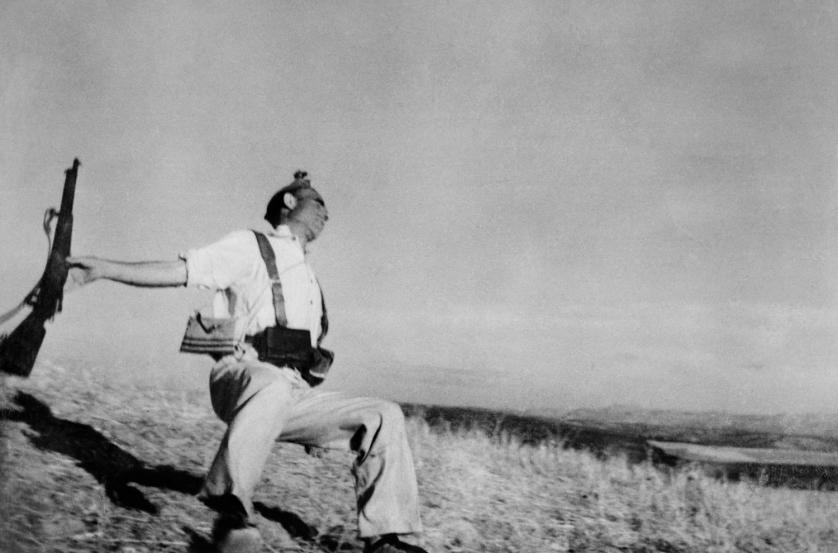
Are all photographs reliable?

A common phrase is to ‘shed light on a situation’ meaning to find out the truth.
‘A picture tells a 1000 words‘, is another aphorism that imply images are more reliable.
Picasso famously said: ‘We all know that art is not truth. Art is a lie that makes us realise truth.’
Magritte’s painting La Trahison des Images in which he painted a picture of a pipe with the words ‘Ceci n’est pas une pipe’ (This is not a pipe) goes some way to towards an explanation.
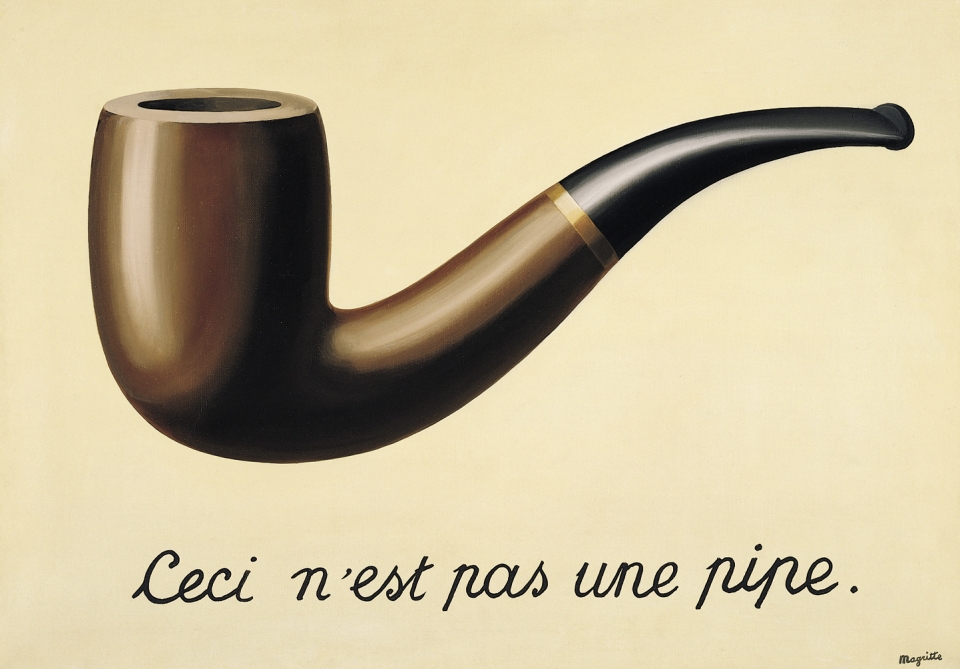
‘The camera was there and recorded what I saw’.
A certain delivery of facts?
Claims of truth that most people take for granted?
Art or photography is not reality but can examine and model reality.
Traditional documentary believes the viewer to be a receptive subject taking in the objective information of the world through the photograph.
Documentary photography’s central aesthetic, political and moral associations are:
depicting truth
recording life as it is
camera as a witness.
TASKS: Produce a number of blog posts that show evidence of the following
DEADLINE: Wed 4th Oct
In order to complete the tasks successfully read and look through supporting material and consider the bullit points too that may prompt you in your answers . Make notes and include direct quotes sources. Conduct independent research too .
1. RESEARCH: Look through these Powerpoints: Photography and Truth and Issues of truth, representation, propaganda for a historical and contemporary overview. Read also this text for further context: Issues in Photojournalism
Documentary photography is based on assumptions that the photograph represents a one-to-one correspondence with reality, which is nearly accurate and adequate, and that the photographic image is capable of conveying information objectively.
- Traditional documentary believes the viewer to be a receptive subject taking in the objective information of the world through the photograph
- Can we rely on its ability to capture a moment in time accurately as historical evidence or as a witness to the world?
- Postmodernism points out that all forms of representation is subjective? How? Why?
- Digital photography has made manipulation much easier?
2. ANALYSIS: Choose one image (either historical or contemporary – ppts above) that questions the notion of truth and explain why. Follow this method of analysis: Description – Interpretation – Evaluation – Theory/Context

3. PHOTO-ASSIGNMENT: Based on your chosen themes, FAMILY or ENVIRONMENT make two images, one that you consider truthful and one that is not.
4. CASE STUDY – EXTENSION: Using current news images as an example, such as the drowned Syrian boy (read article here), consider if photographs can change the world or change people’s perception?
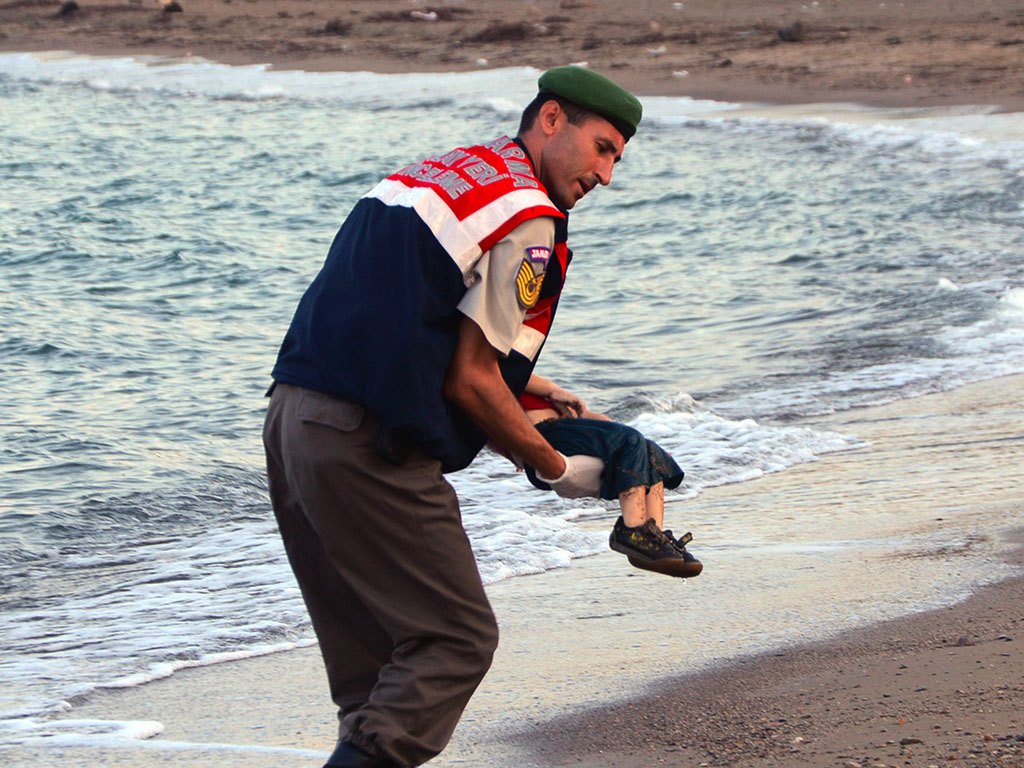
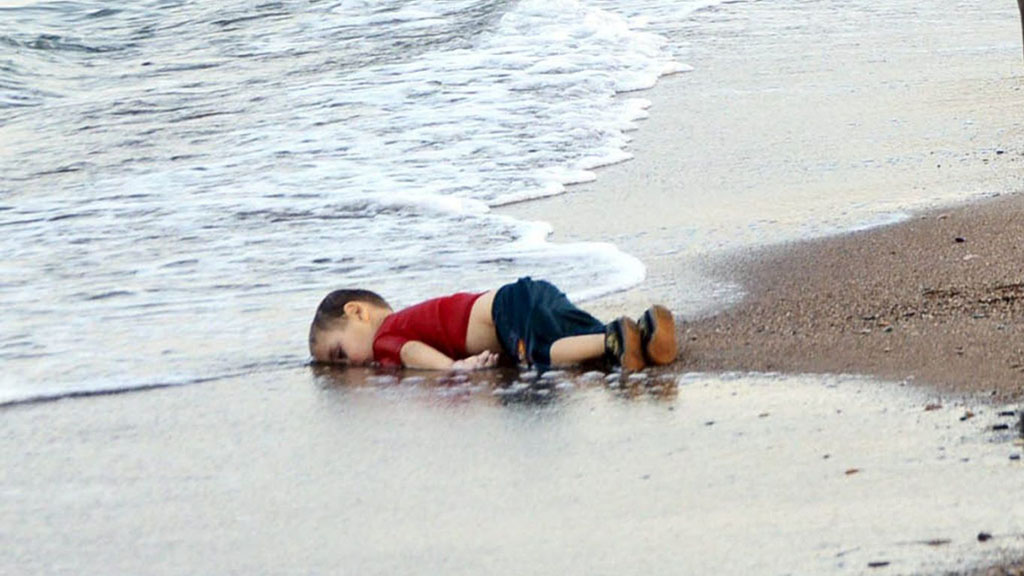
Here is a link to another article about the photographer who took the photos of the dead Syrian boy where she speaks about why she took them.
For a different point of view read this blog post by photographer and lecturer, Lewis Bush where he discuss the above in light of recent images of dead Syrian refugees in Europe. Incorporate his views and include quotes, for or against your own analysis and point of view.
EXTRA READING: For those of you who likes to read theory of documentary practice, see Susan Sontag (1977), On Photography , Roland Barthes (1982), Camera Lucida. John Tagg (1993) or the famous essay by conceptual artist, Martha Rosler, In, around, and afterthoughts (on documentary photography) in book: Bolton, R. (1992) ‘The Contest of Meaning’. MIT Press. See me if you are interested in reading of the above books and essays.
5. CASE STUDY – EXTENSION 2:
Kevin Carter and The Bang Bang Club
Starving Child and Vulture
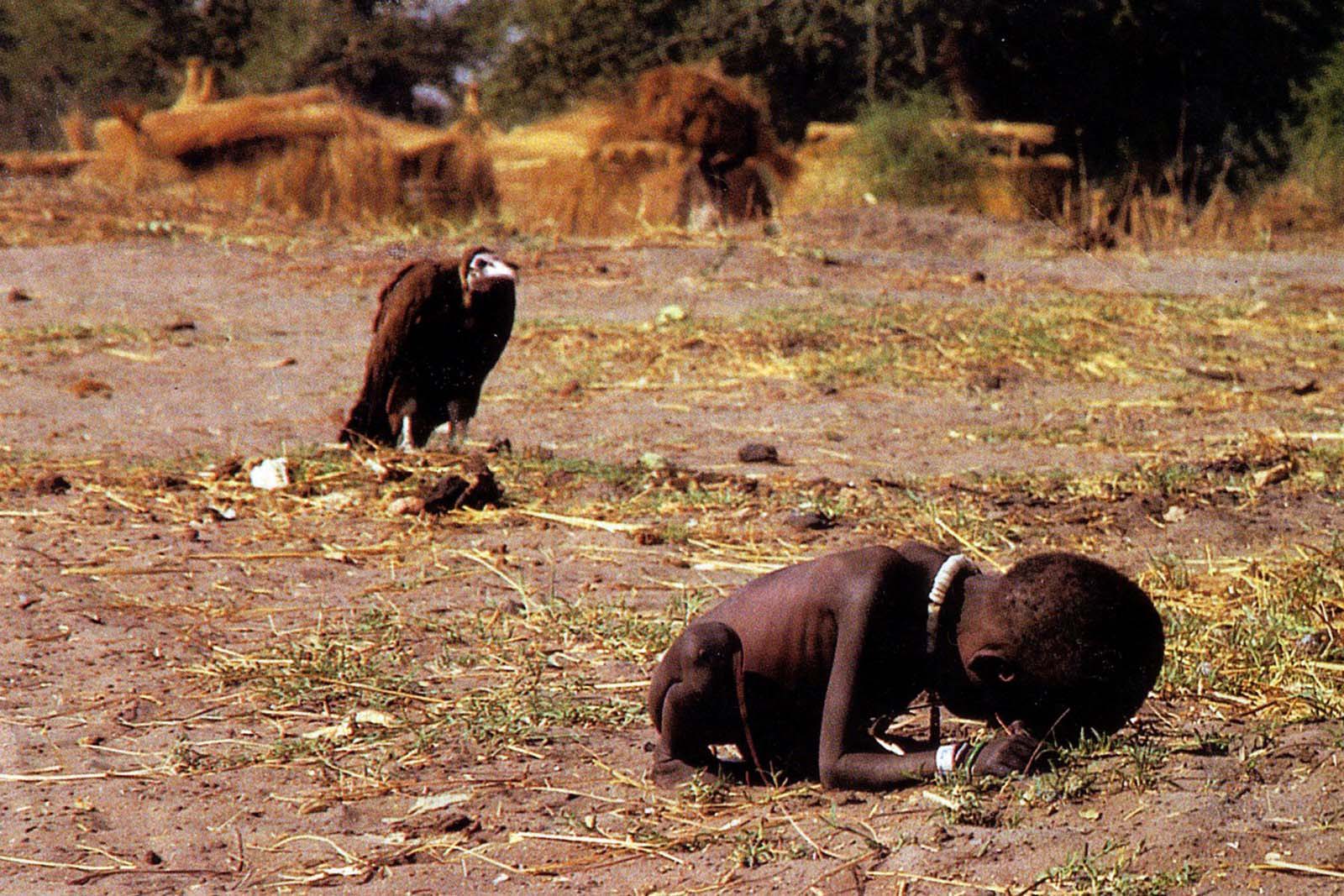
- Kevin Carter
- 1993
DEADLINE: Wed 4th Oct


